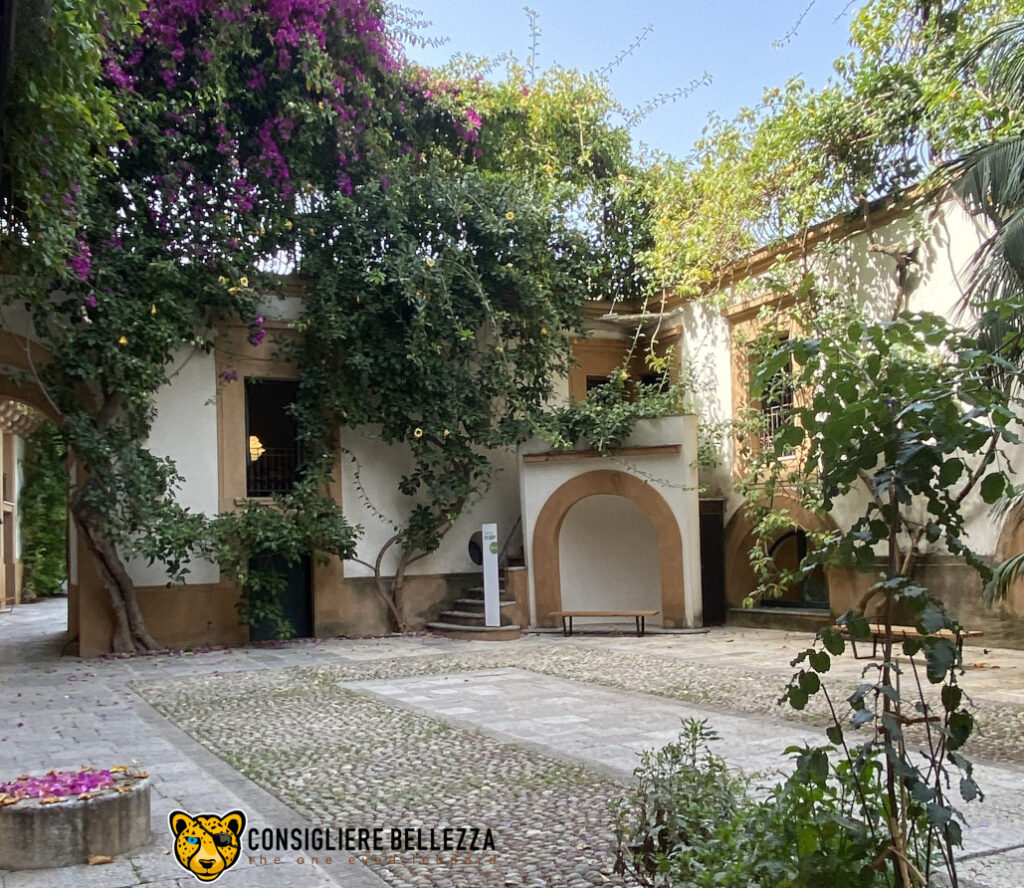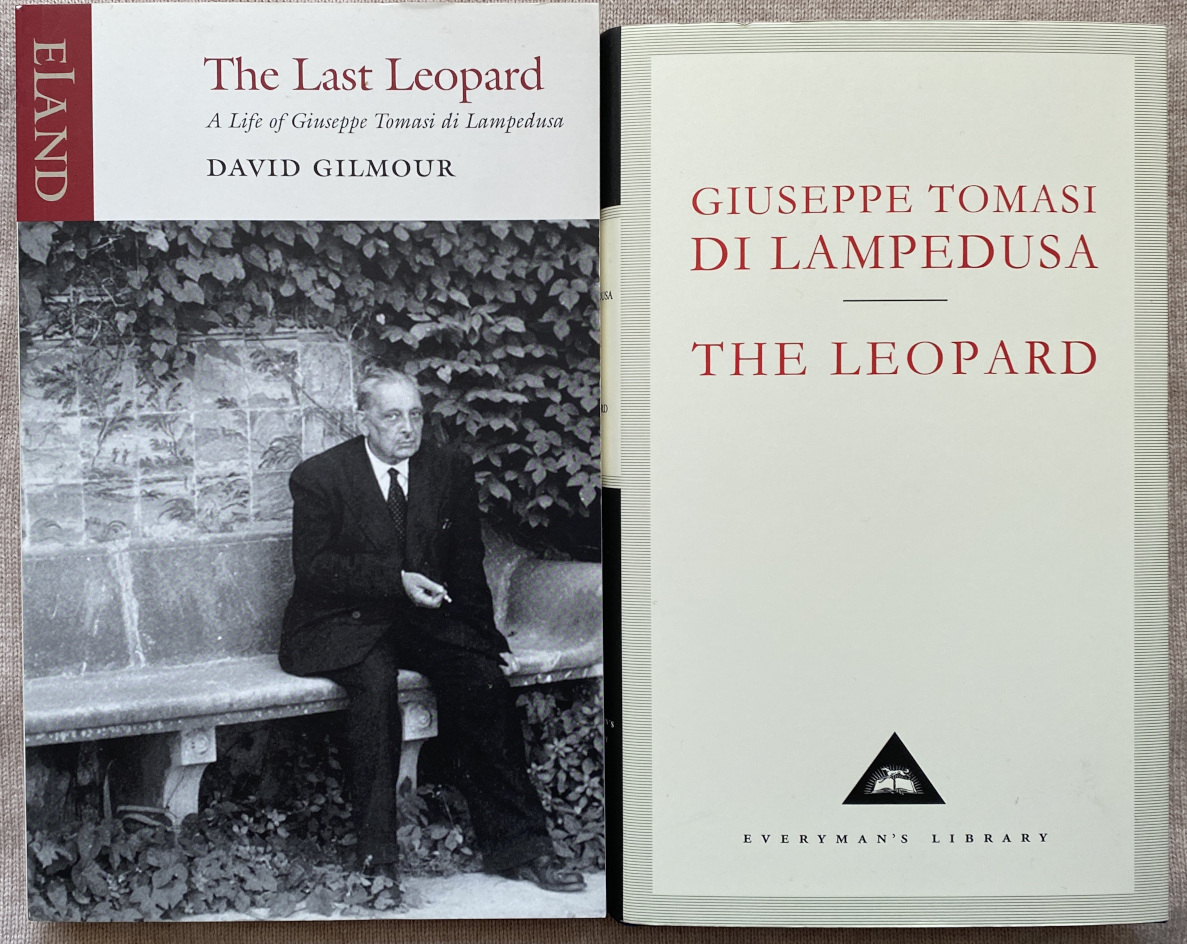Sir David Gilmour’s wonderful biography of Giuseppe Tomasi di Lampedusa “The Last Leopard” is like a bridge between old and new, it makes the man behind the novel visible and sheds understanding on a world long gone.
“The Leopard” the world bestselling novel of Giuseppe Tomasi di Lampedusa, a duke and prince of very old Sicilian nobility, was first published in 1958, shortly after his death. The story of the book is one of those sad ones where one asks oneself why someone is punished by fate. Two publishers rejected the book shortly before his death, one accepted it shortly after and it immediately became a legend. A few years later the book was made in star-studded movie, directed by Luchino Visconti. Some of the main characters were played by Alain Delon, Claudia Cardinale and not to forget, Burt Lancaster, who gave the Leopard his face and bearing. One cannot get much higher on the world’s ladder of appreciation.
Giuseppe Tomasi di Lampedusa would have carried the success of his book with quiet pride. The work on the book was a sentiment to let the memories of his family and his class survive.
Giuseppe Tomasi di Lampedusa, Duke of Palma and Price of Lampedusa, was born in 1896 in Palermo. He was educated privately and never really became a very social person. More out of boredom than real interest he started to study law for a few semesters, just before he was called up for military service during the Great War. Working for a living was not part of the aristocrat’s idea of life, and after the military let him go, he only published articles in newspapers from time to time and apart from that, got married. It seems he took everything in, understood a lot about human behavior, but never really interacted.
His wife was Estonian Baroness Alessandra Wolf, known as Licy. Compared to him, she had much more energy. Later, in the 1940s, she became the only Freudian psychologist in Italy.
Whilst in the first 20 years of their marriage they barely lived together (due to Giuseppe Tomasi di Lampedusa’s mother still playing a very prominent role in his life), Licy came to Palermo during the war years of the Second World War. She had lost her beloved castle in Estonia to Soviet troops only shortly before her husbands beloved palace in Palermo was bombed. How she crossed Europe through the war zones stays her secret, but it is definite prove of her energy.

The Lampedusa palace in Palermo stayed a ruin for many years. Only lately it has been renovated, but cannot be visited. The loss of their respective palaces drew the couple closer together. They lived in an apartment in the then rather run down palazzo Butera, at Palermo’s seafront. It seems Giuseppe Tomasi di Lampedusa never really liked the place, although remaining pictures do show a cozy interior and he was lucky to have inherited a share of the building.
Today he would probably like the palazzo, or would at least respect the work the new owners, art collectors Massimo and Francesca Valsecchi have done. They restored the palace over 5 years and made it into one of the most beautiful, and certainly the most impressive, art museum in Palermo.

With the war ending, the prince accepted a position with the red cross and did a good job between 1944 to 1947, but it was nothing he really burned for. While Licy worked, he led the life of a non-working private citizen, without real responsibilities or passions. The couple often went to Rome together. Giuseppe Tomasi di Lampedusa made trips alone to Capo D’Orlando, where his cousins lived. The Piccolo family, and especially Lucio Piccolo, were probably closest to his heart when it came to human beings, with the exception of Gioacchino Lanza, the young cousin he would later adopt to be his heir. Overall, though, he loved the palazzos of his family more than people and mentioned the importance of buildings to the aristocracy in “The Leopard”. In his theory people are defined by the buildings they grew up in. It was clearly the case for Giuseppe Tomasi di Lampedusa himself.
Cousin Lucio Piccolo had a sudden and completely unexpected success with poems that were published and widely acclaimed for. One can rightfully guess that that this, together with the wish to keep the memory of his family and lost palaces alive, gave Giuseppe Tomasi di Lampedusa the energy to set himself a target. With unusual tenacity he started to learn about literature from 1954 onwards. At the same time, he started to write the first manuscript of the “The Leopard”. He kept this pace of literary work up to his death 3 years later.
One wonders what would have been, had he found his vocation earlier or lived to see his success. Would he have given us more works of the same quality? Or was “The Leopard” a real standalone piece, where everything was poured into, without leaving anything over for another book?
Giuseppe Tomasi di Lampedusa, through his life, showed all the strengths and weaknesses of his ancestors. Was it typically Sicilian to let the fear of being rejected stop him from starting at all (he overcame it)? Many aristocrats were unmotivated to create something with their hands, as they could afford a lazy life. When the money ran out, as we have also seen in the article about Sicilian master jeweller Duke Fulco di Verdura, they remembered their toughness and moved on. But as long as they could, many of those aristocrats let themselves be pressed down by their own attitude. It seems they were rarely bold or daring. On the other hand, most of us have behaved in a similarly risk-averse way throughout our lives, only without later rising to the highest status in the world through sheer will.
Giuseppe Tomasi di Lampedusa will be remembered and so will his family. He was able to give typical human behaviour during times of change a very human touch. His truth is eternal. Better adapt, or you are washed away. No need to forget everything you stand for, but stretching the limits a little is pure self-defence in difficult times.
All rights to the books and movies belong to:
Gilmour, David, Sir: The Last Leopard, A Life of Giuseppe Tomasi die Lampedusa, first published by Quartet Books in 1988, this edition published by Eland Publishing Ltd, 61 Exmouth Market, London EC1R 4QL in 2007, printed in Spain, ISBN: 978 0 955010 51 9
Tomasi di Lampedusa, Giuseppe: The Leopard, first published by Feltrinelli Editore, Milan in 1958 under the title Il Gattopardo, the revised English translation William Collins Sons & Co, Ltd, London and Parthenon Books Inc., New York, 1961, published by Everyman’s Library, 1991, ISBN: 978-1-85715-023-0
Check out the Movie “The Leopard”, directed by Luchino Visconti from the year 1963. It is available on DVD and certainly also somewhere for streaming.
In addition, there is the fantastic documentation “Die Geburt des Leoparden” by Luigi Falorni. The latter is available through Amazon Prime. I found it only in German, maybe there are subtitles. The documentation follows Sir David Gilmour’s book.
Using all those sources the world of Giuseppe Tomasi di Lampedusa becomes alive.

